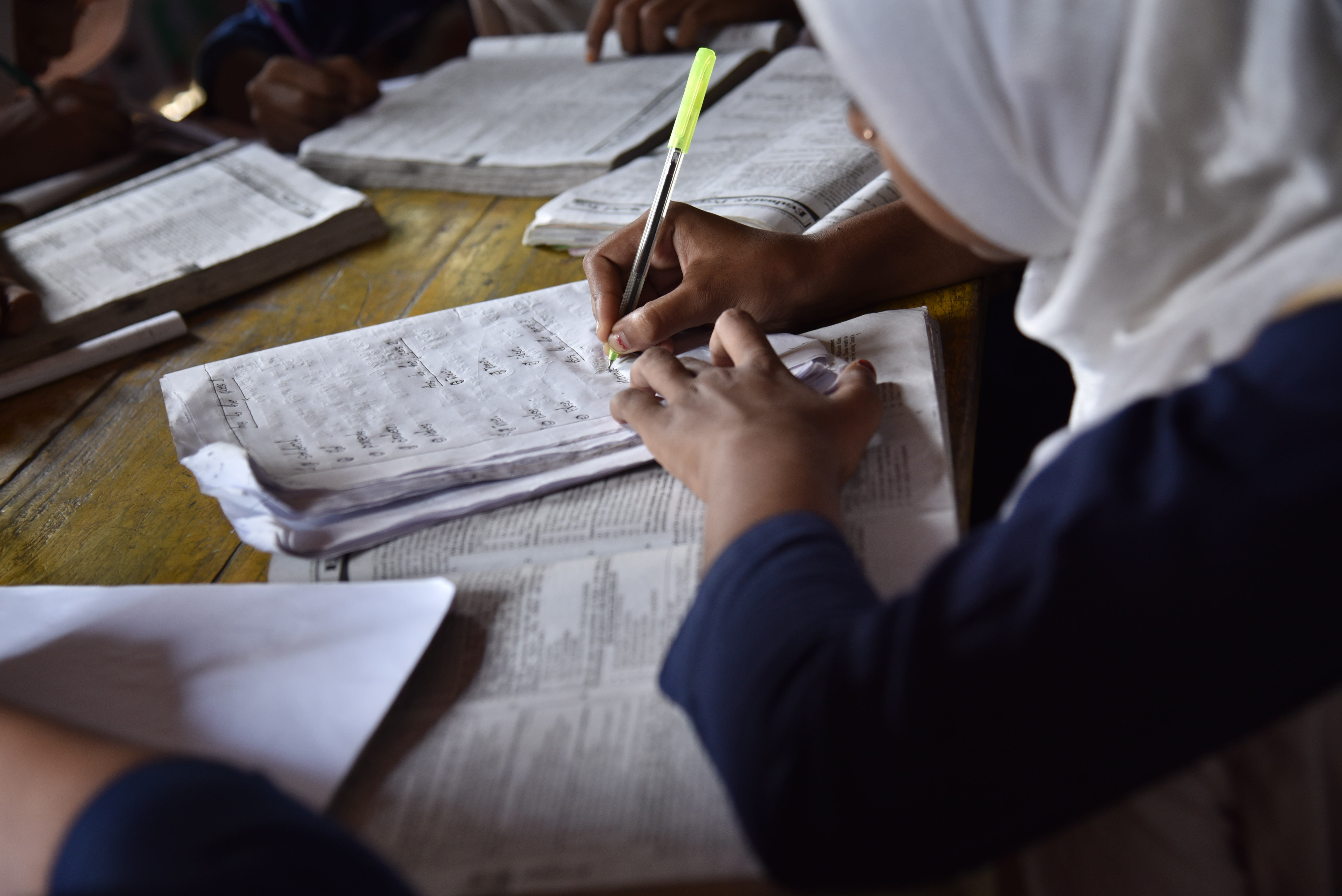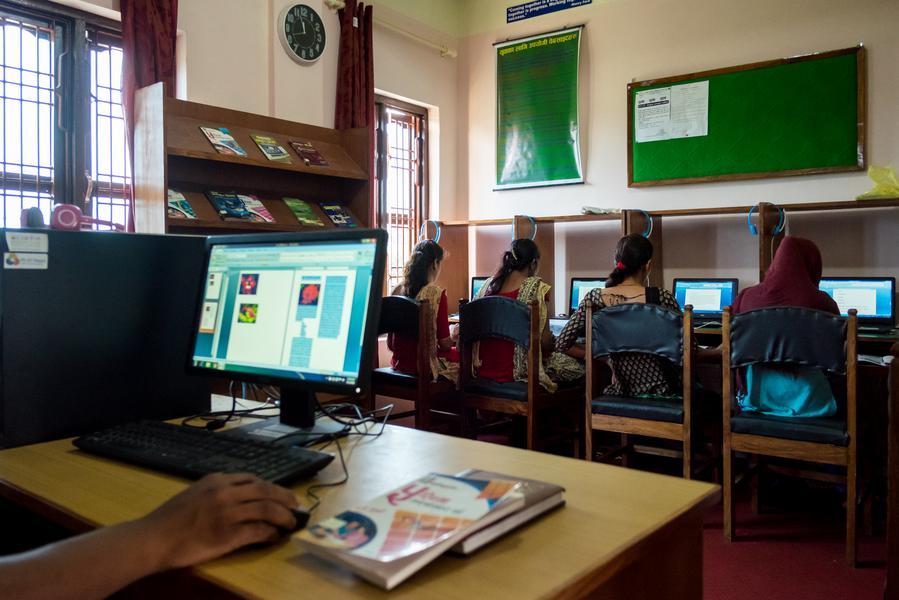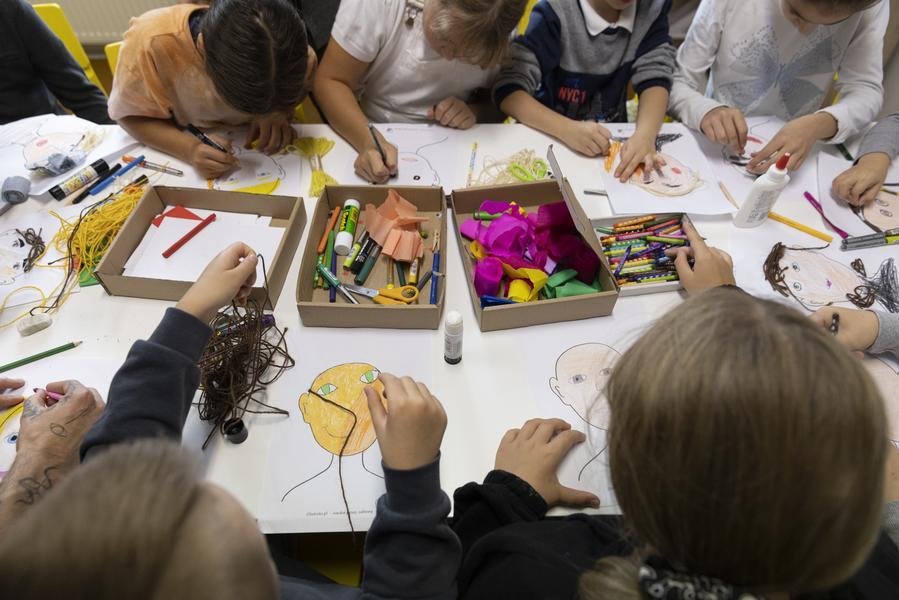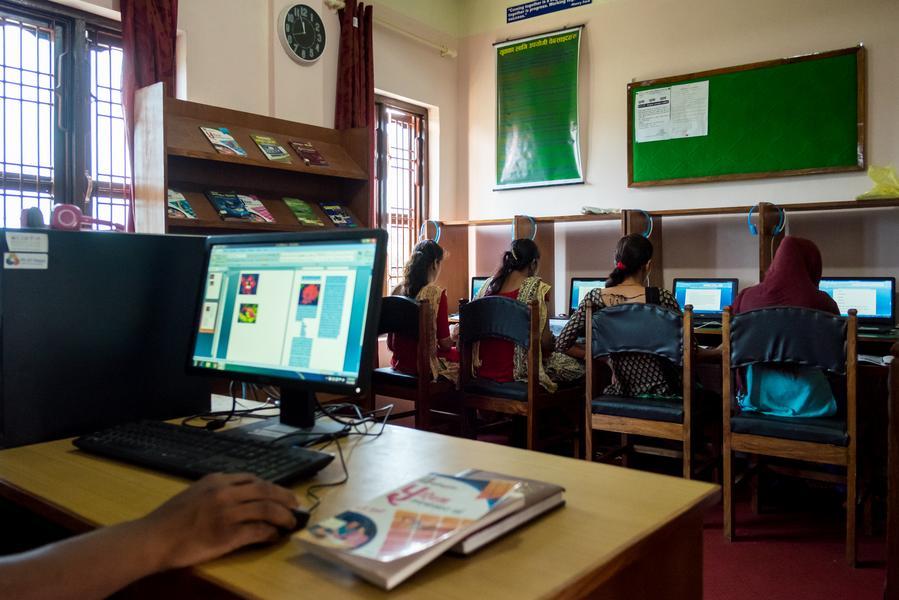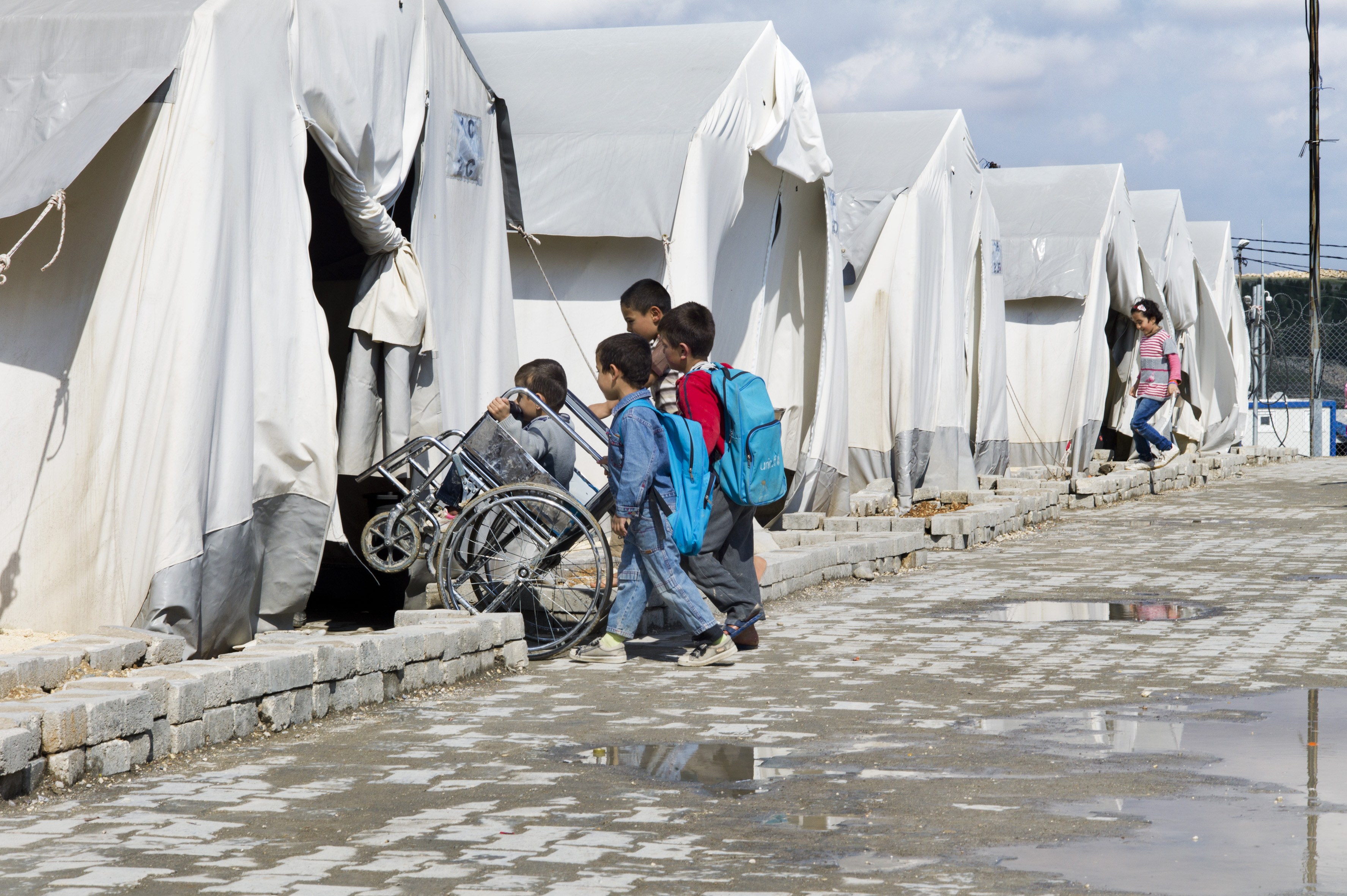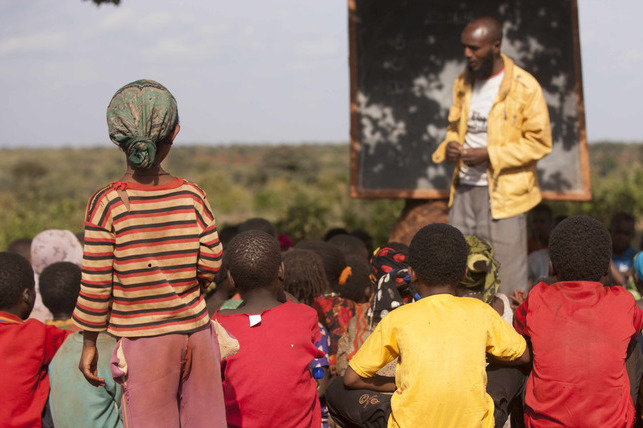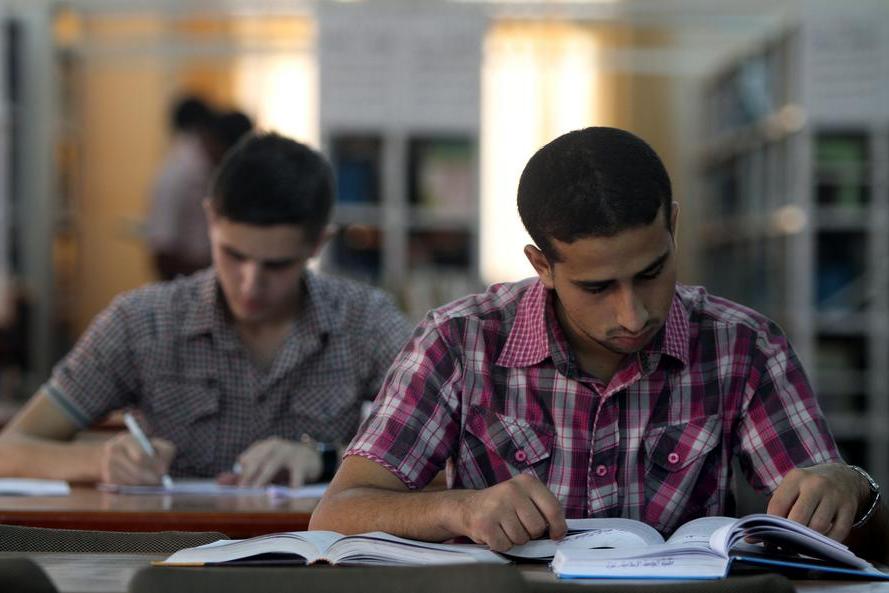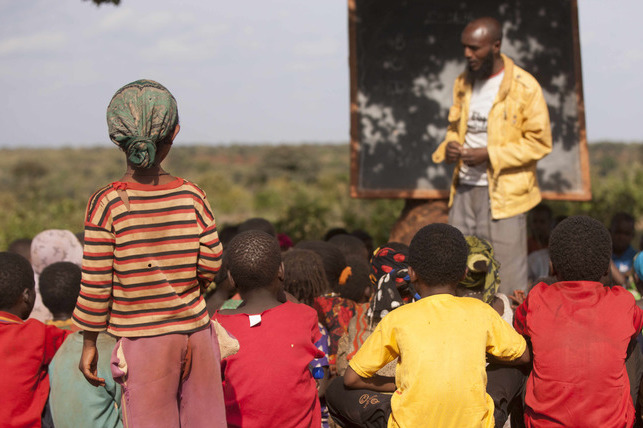Context and Issue
Education is a fundamental right for every child, yet millions worldwide are denied quality learning opportunities. Conflicts, displacement, and natural disasters exacerbate this challenge, disrupting education systems and leaving children in vulnerable situations at risk of missing out on their right to education. In response to this pressing issue, UNHCR, the UN Refugee Agency, has prioritized constructing educational infrastructure to support the learning needs of displaced and refugee children.
Solution
UNHCR's efforts to construct new educational infrastructure aim to provide safe and conducive learning environments for children affected by crises. This initiative involves building classrooms, schools, and educational facilities in refugee camps and host communities. The newly constructed infrastructure is designed to be child-friendly, inclusive, and equipped with essential resources such as desks, chairs, and educational materials.
These educational facilities not only provide physical spaces for learning but also create a sense of normalcy and stability for children who have experienced displacement and trauma. Additionally, UNHCR works closely with local communities, governments, and partners to ensure that the constructed infrastructure aligns with national curricula and educational standards, facilitating the integration of refugee children into local education systems.
Impact
The impact of UNHCR's efforts to construct educational infrastructure is far-reaching and multifaceted. In 2020 alone, UNHCR constructed or rehabilitated over 4,500 classrooms across various refugee situations, providing access to education for hundreds of thousands of children. These newly built facilities have created safe havens for learning, enabling children to continue their education despite the challenges posed by displacement and conflict.
In the case of Cameroon, the average classroom-student ratio in the targeted primary in Cameroon improved from 1:50 to 1:35 due to the construction of new classrooms.
Moreover, constructing educational infrastructure has fostered social cohesion and integration between refugee and host communities. Providing equal access to quality education, these initiatives help bridge cultural divides and promote understanding and acceptance among diverse populations.



